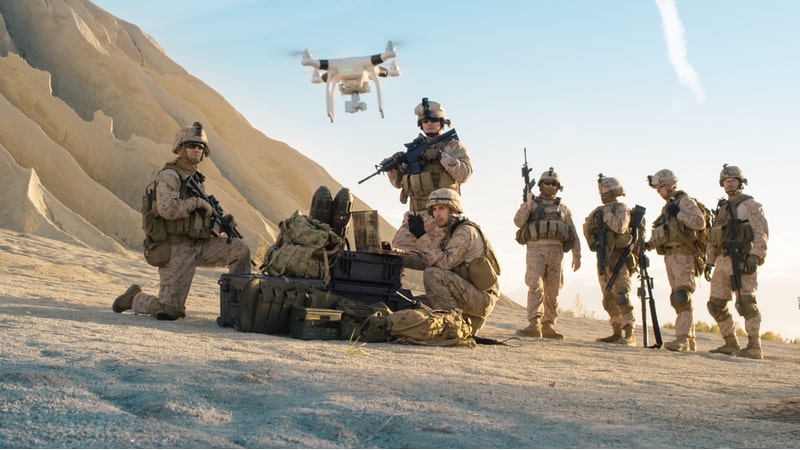
The Pentagon is accelerating drone innovation and countermeasures through two major initiatives: Replicator and the Technology Readiness Experimentation (T-REX).
The Department of Defense (DOD) – which the Trump administration has rebranded as the Department of War – is ramping up its drone warfare capabilities through a dual-track strategy that includes mass production of autonomous systems and real-world testing of emerging drone technologies, according to Chief Technology Officer (CTO) Emil Michael.
Speaking at Politico’s AI & Tech Summit, Michael highlighted the Pentagon’s Replicator program, a Defense Innovation Unit-led initiative aimed at rapidly fielding thousands of low-cost, unmanned aircraft systems (UAS) across multiple domains.
“Replicator was one effort by the DOD to create a mass drone arsenal,” Michael said, describing it as focused on military-ready products. The second phase, Replicator 2, announced in September 2024, emphasizes scaling up counter-UAS systems that are already in production and field-ready.
While Replicator focuses on deployable solutions, T-REX aims to identify and refine the next generation of UAS by testing prototypes and encouraging industry collaboration. Michael emphasized a lesser-known but growing effort within the T-REX program to ramp up real-world testing of emerging drone technologies. In one large-scale testing initiative, 103 companies demonstrated drone systems in realistic, contested environments. The trials assessed performance in communications- and satellite-denied conditions and included evaluations against counter-UAS technologies, he noted.
According to Michael, the Pentagon is working to bring more emerging drone tech into the military ecosystem. T-REX events, held twice a year, are a key part of this push, allowing startups and established tech companies to showcase capabilities and collaborate on integrated solutions.
“We have a lot of new companies working with the DOD now, receiving funding to bring their best UAS technologies forward,” Michael said. “That’s in addition to Replicator, which focuses on military-ready products. These new efforts are aimed at developing the next generation of drones for future adoption by the services.”
A June 6 executive order and subsequent “drone dominance” policy memo from Secretary of Defense Pete Hegseth in July have propelled DOD efforts to ramp up the UAS arsenal. The memo outlined three core directives: expand the domestic drone manufacturing base, equip combat units with a range of low-cost drones, and incorporate drone warfare into routine combat training.
The DOD is also investing in counter-UAS technologies, acknowledging the growing need to neutralize threats from adversary drones. Both offensive and defensive drone systems are essential to maintain military readiness, Michael said.
“There’s no such thing as you stop developing drones and only counter drones,” he said. “You need both.”
